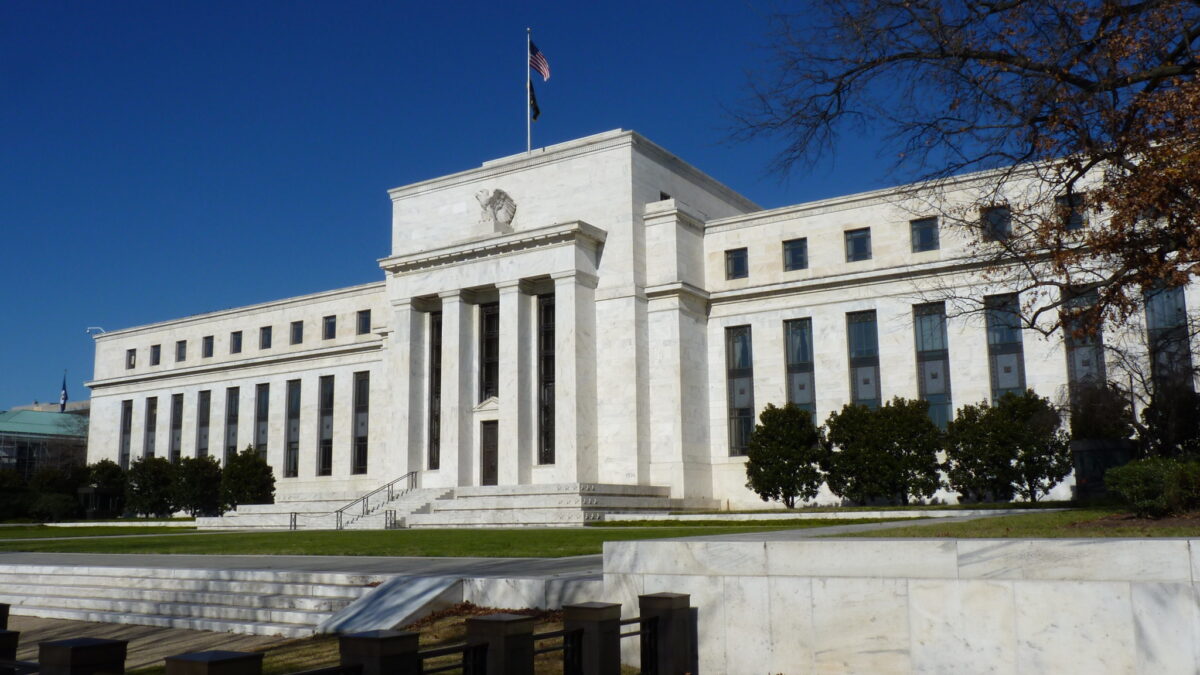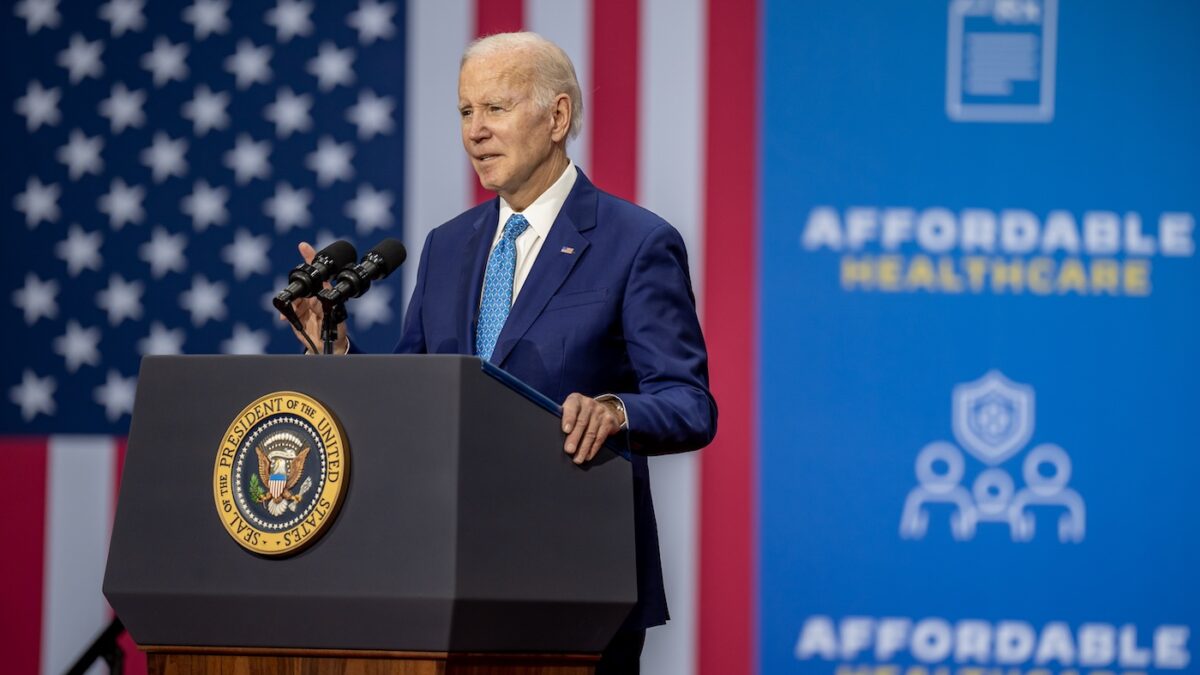
If you want an enthusiastic high-five, offer a progressive the following policy package. (You might want to take a shot of Don Q Añejo before reading any further.)
- Raise the minimum wage
- Enact stronger overtime rules
- Instruct all employers to offer paid sick and vacation leave
- Enroll thrice as many children in Head Start
- Increase the generosity of food stamps, disability, and welfare
- Raise the consumer cost of non-renewable energy
- Directly control the growth of health-care prices
- Hire more teachers and shrink class sizes
- Decrease college tuition at state universities
- Use tax policy to attract high-tech industries
- Strengthen unions
- Invest in modern urban transit
Then you can tell them what this might get them, given a few decades to percolate through the system. (And maybe offer them a shot of that Don Q to soften the blow.)
- Higher income inequality than any of the 50 states
- Employees’ share of net national income dropping to one-third from two-thirds
- 27 percent youth unemployment
- About a fifth of workers having virtually no employment protections—even from blatant sexual or racial discrimination
- A debt crisis
- Economic depression
Progressives generally prefer policies that avert extreme market outcomes. They don’t like to see anybody become very rich or very poor. Things that are too successful (like fracking and Airbnb) get slowed down; things that are failing (like wind power and shipbuilders) get propped up.
The most optimistic liberals convince themselves that pushing averageness can benefit economic efficiency. More realistic lefties are willing to give up some growth for greater equality. But no progressive thinks her favored policies will lead to less equality and worse labor conditions.
The case of Puerto Rico is a bracing reminder that a full adult dose of progressivism can do permanent damage to things that liberals care about, too. Most of the progressive policies above are drawn from President Obama’s 2015 State of the Union address. These policies are not just artifacts of New Deal paternalism; they’re prime goals of progressives for 2017. And every one of them also reflects a significant policy difference between Puerto Rico and typical mainland policies.
Puerto Rico: The Failed Progressive Paradise
For example, Puerto Rico mandates 12 sick days and 15 vacation days a year, plus holidays, for full-time workers. According to the Center for American Progress, mandatory vacation and sick leave are good for business as well as for workers, because they improve efficiency and equality. If that’s the case, Puerto Rican government workers are even more efficient: they get 30 vacation days a year.
Despite all that vacation time, the tourism industry on the island is flagging. The Caribbean tourism industry has grown torridly, but Puerto Rico has not added net hotel beds since 1970. Why not? It’s just too expensive to sell mass-market tourism on the island. Those big, all-inclusive resorts employ a lot of cooks, bartenders, and maids. Thanks to Puerto Rico’s high (federal) minimum wage and European-style labor laws, most middle-class tourists can’t afford to vacation there.
Of course, the progressive response to the failing hospitality industry was to subsidize it. The stagnant tourism industry would be fine if Puerto Rico had grown industries further up the wage ladder. The government has used targeted tax breaks and special deals to attract some high-tech industries and plenty of manufacturing to the island. However, what few industries it has successfully attracted are precisely those that do not need much labor.
Controlling Markets Disadvantages the Little Guy
As a result, for every three dollars earned in Puerto Rico, one goes to local labor and two go to proprietors and capital. That’s the reverse of the usual breakdown. Nationwide, capital earns about a buck for every two that labor earns.
As a result of smothering regulation, labor-force participation rate among Puerto Rican adults is reported at just 42 percent. That’s probably a lowball estimate, because as much as a quarter of the workforce is toiling off the books. Many other Puerto Ricans have found work by moving to the mainland, where unemployment is lower and labor productivity is higher. The emigration is large-scale: about a third of people born in Puerto Rico now live in the mainland United States.
Liberals will no doubt protest that their favored policies work well in Scandinavia. Perhaps. But Puerto Rico has a population similar to Denmark or Norway, and it’s an economic catastrophe by anyone’s standards. Oh, and that shiny metro line that was supposed to revitalize San Juan? It cost twice as much as projected and carries a quarter of the projected number of passengers.









